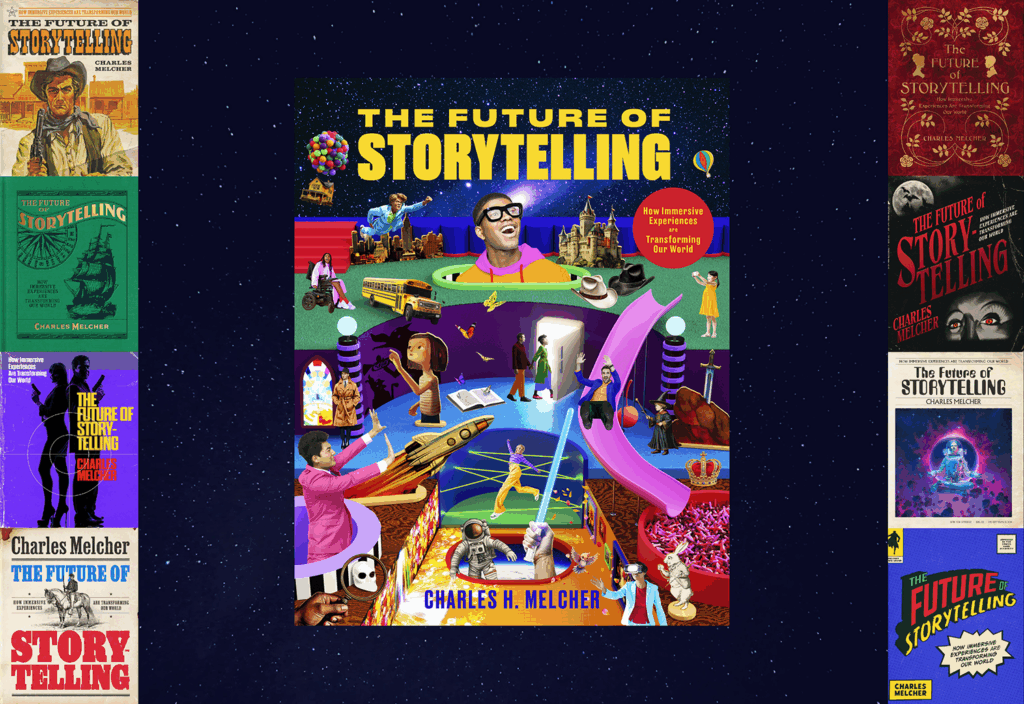Firefly Mobile has rung up twice as many sales as expected since launching its kid-friendly cell phone last summer. The Firefly phone has no keypad — just a direct-dial to Mom, to Dad, and up to 20 numbers listed (by parents) in its phonebook. It’s designed for kids eight to 12, so marketing targets parents and kids together, with events in malls, theaters and ballparks — prime venues for all-family demos. Add in-school, online and product-placement overlays, and Firefly has built enough buzz around its $100 phone to interest not only consumers, but twice as many telecommunications carriers and four times as many retailers as it planned.
“We were launching not just a new brand, but a new category,” says Firefly CMO Fred Bullock. “Events brought the brand to life and let us articulate its attributes. There are elements of the phone that you can’t comprehend until you physically experience it.”
Firefly chose venues where it could reach parents and kids hanging out together, with enough leisure time to learn about a new product.
Chicago-based Firefly launched the phone in July with events at three Major League Baseball stadiums, in San Francisco, Chicago and Minneapolis. Street teams hosted “Glow Room” sampling sites where families could try the colorful phone (which, like its namesake, glows). Teams also gave away branded glow sticks and foam bats.
At the same time, Firefly staged demos in the lobbies of 25 Loews theaters, reaching 35,000 consumers. A longer holiday flight brought demos to 15 Loews theaters in five markets, reaching 150,000 moviegoers.
Firefly followed up its summer push with a 14-mall tour for back-to-school, including displays and demos, as well as games for kids and purchase information for parents. A similar 18-mall tour ran through the holidays. In all, Firefly reached 356,000 shoppers.
For Halloween, Firefly co-hosted a celebrity party, the Firefly Halloween Festival, with Clothes Off Our Back, a three-year-old non-profit that auctions clothing from celebs and designers to raise money for kids’ charities. At the party, celebrities and their kids used Firefly phones in a scavenger hunt. Firefly gave a phone to each of the 150 celebrity guests at the Oct. 29 festival, and donated $37,500. An online auction sold 14 Firefly phones autographed by actors including husband and wife Bradley Whitford and Jane Kaczmarek (founders of Clothes Off Our Back), Teri Hatcher, Eric McCormack and Patricia Heaton.
Firefly’s agency, Grow Marketing, tapped its national network of producers to hand-pick street teams that could “reflect Firefly as a lifestyle brand,” Bullock says. “We weren’t looking for people who are great at talking about the technology; we wanted people who could talk to parents and kids about being connected to each other. We wanted an emotional connection.”
Because Firefly chose events with “a ton of existing foot traffic, we didn’t need advertising to drive traffic to the locations,” Bullock adds.
But a product launch can’t thrive on events alone. Firefly and San Francisco-based Grow also built brand awareness in-school, online and on-air. An October-through-January tie-in with Scholastic, Inc. sends a lesson plan on communication inventions — think Morse code — to 75,000 teachers nationally, with a sweeps overlay for kids (two kids win a $500 savings bond; 28 win a phone) and Scholastic gift certificates for teachers.
On Nickelodeon.com, ongoing games and holiday-themed microsites (for Halloween, Thanksgiving and Christmas) feature Firefly. A back-to-school All Geared Up sweepstakes drew 97,000 entries and gave away 26 Firefly phone and accessory packs. Another 52,000 kids entered their designs for a phone shell in a Nick contest.
Firefly also wove its phone into games and hosted a tell-a-friend offer on Neopets.com, and ran an ad in Neopets magazine this fall.
The phone will also be featured in family-friendly TV shows and movies this year, after appearing in Cheaper By the Dozen 2 over the holidays.
TV broke on Nickelodeon on Nov. 19 via San Francisco shop Mekanism: “Advertising helps reinforce the attributes we started to seed through experiential marketing and p.r.,” Bullock explains.
When it started, Firefly wanted to sign one major retailer in 2005. It signed with Target Stores for the launch (in 1,300 stores) — then added Wal-Mart, Toys ‘R’ Us, Limited Too and Justice, and keeps fielding calls from retailers. Its other goal was to sign eight wireless carriers to provide service for the phone. Firefly has more than doubled that as marketing events drove consumers to carriers to request Firefly, and as carriers themselves saw activities in market, and approached Firefly.
“Eighy percent of our customers are moms; in focus groups, they told us they want to buy Firefly in a location they’d shop on a weekly basis,” Bullock says.





